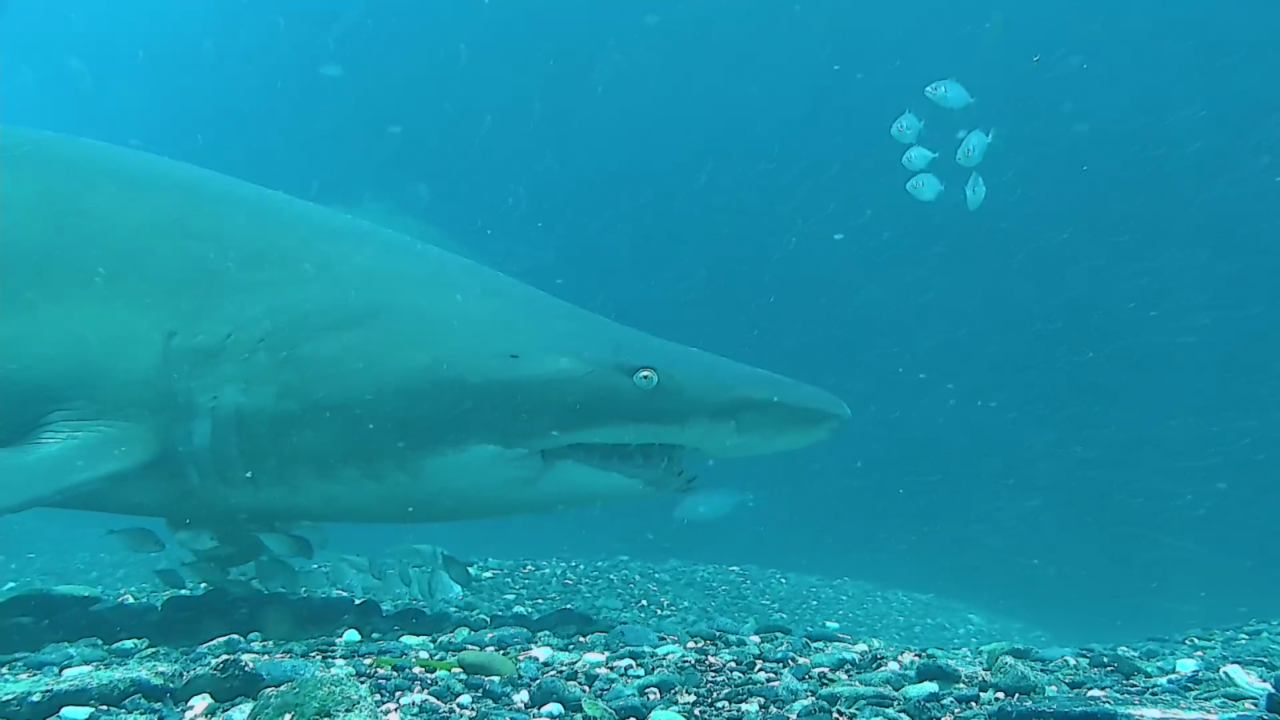A remotely operated underwater vehicle (ROV) is essentially a tethered underwater robot or drone. They do not carry passengers, are operated by a pilot aboard a vessel, and feed live video (and other data) back to the surface via the neutrally-buoyant tether. These vehicles are typically used instead of divers when conditions are too dangerous or too deep to dive in.
Bigger, more expensive and sophisticated ROVs are common in deep water industries like offshore oil drilling, where they often work in rough conditions, at depths >500m, and carry power equipment like torque tools and manipulator arms for underwater tasks like welding or construction. More about these work horses can be found at: RigZone – How Do ROVs Work?
ROVs are also invaluable tools for scientific oceanic exploration, used regularly by organisations like NOAA and AIMS. They can provide 24 hr observations with video and other scientific measurements relayed immediately to scientists at the surface: NOAA Ocean Explorer – What is an ROV? or watch a short video: ROV Exploration.
More recently, smaller, highly manoeuvrable, inspection-class ROVs have come onto the market to observe subjects at depths <100m (like the BlueROV2). These vehicles are more like underwater drones: lighter, less expensive, easier to use, and powered from on-board batteries. A detailed review of inspection-class ROVS can be found at Journal of Marine Science and Engineering 16mar2017
No matter what type is used, ROVs make exploring underwater faster, safer, and easier than diving, especially in crocodile infested waters!

